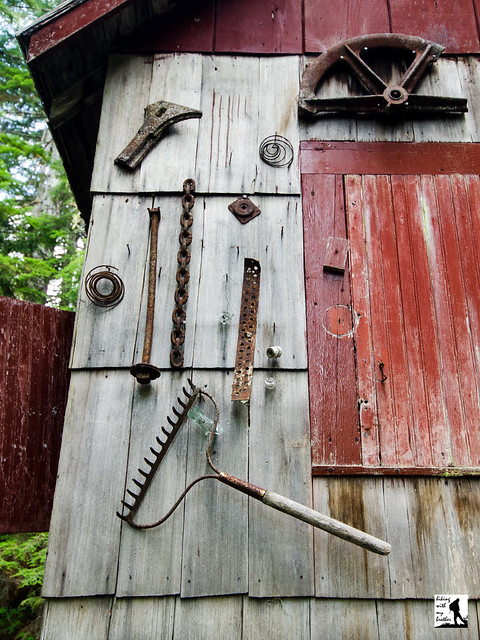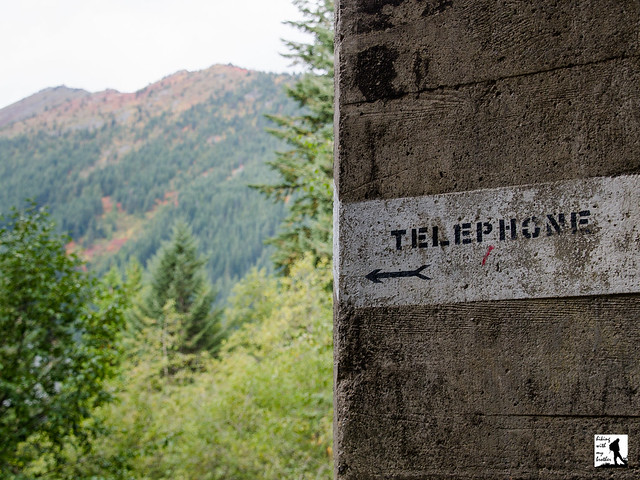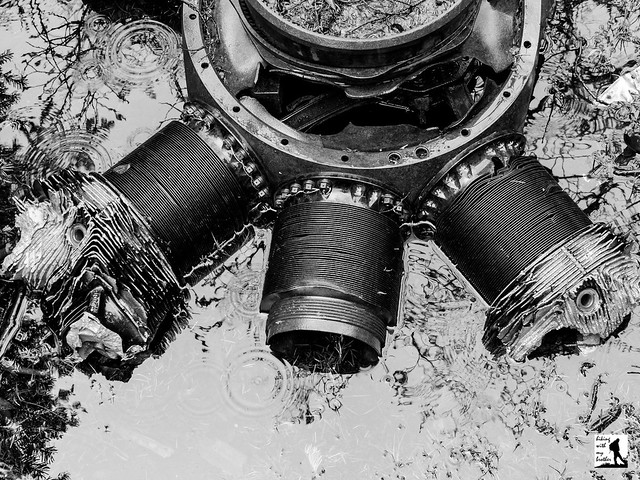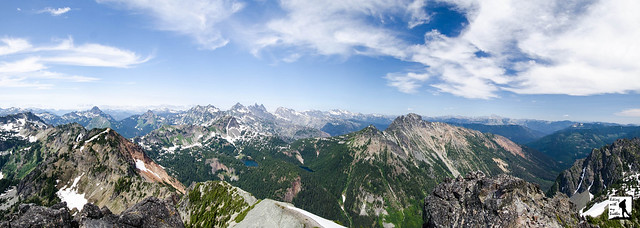Total Ascent: 600ft
Highest Point: 2900ft
Total Distance: 9.5 miles
Location: N 47° 59.1180, W 121° 23.5620
Required Permit: Northwest Forest Pass
Difficulty: Easy
 As Halloween approaches, a lot of folks start thinking about ghosts, goblins and haunted houses. While we’ve yet to find a hike out to a haunted house, we do occasionally get the chance to visit a ghost town. Recently we trekked out to Monte Cristo, one of Washington’s most famous ghost towns and the site of the state’s biggest gold rush.
As Halloween approaches, a lot of folks start thinking about ghosts, goblins and haunted houses. While we’ve yet to find a hike out to a haunted house, we do occasionally get the chance to visit a ghost town. Recently we trekked out to Monte Cristo, one of Washington’s most famous ghost towns and the site of the state’s biggest gold rush.This is a decent hike that should be approachable for almost anyone, especially those interested in a little history. To get the most out of your visit, we recommend you stop at the Verlot Ranger Station on your way out to Barlow Pass to pick up a pamphlet that includes a map of Monte Cristo and explanations of the various marked sites in the town. After you are done touring the town you may be looking to do a little more hiking. If that’s the case you can continue up to Glacier Falls and Glacier Basin. Or you can retrace the pre-railroad approach to Monte Cristo with hike up to Poodle Dog Pass #708, named in honor of Frank Peabody’s dog, which he evidently took with him when he climbed the pass on his way to Monte Cristo from Mineral City.
This hike’s only challenge is the river crossing, but that may soon be changing. A new access road will be on the other side of the river, connecting with the current road after the washout. The road is being built to support a massive cleanup effort focusing on containing the arsenic and other heavy metals churned up by Monte Cristo’s mining past. The cleanup will begin in fall of 2013 lasting to the summer of 2015, during that time the plan is to close the townsite. How the new road will be used after the cleanup is still undecided. Luckily, even though a little snow has fallen, you still have some weekends left to visit Monte Cristo before it’s shuttered until 2015.
There's a lot more to Monte Cristo, and you can learn all about it in our book, Hiking Through History Washington. You'll find a trail map, route descriptions, history, and more
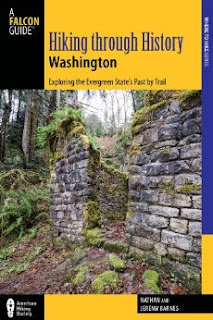 for this and many more hikes throughout the State. Help support hikingwithmybrother.com and the work we do by picking up a copy!
for this and many more hikes throughout the State. Help support hikingwithmybrother.com and the work we do by picking up a copy! To get there, take I-5 North to Exit 194. Follow Highway 2 for about two miles. Stay in the left lane and merge onto Lake Stevens Highway 204. Follow for two miles to Highway 9. Take the left onto Highway 9 toward Lake Stevens. In just under two miles, you’ll reach Highway 92 to Granite Falls. Take a right and follow for about nine miles to the Mountain Loop Highway. Take the MLH for 31 miles to Barlow Pass. Park and find the gated Monte Cristo Road on the right side of the road, opposite the trailhead parking lot. -Nathan
Print Google Directions >>
